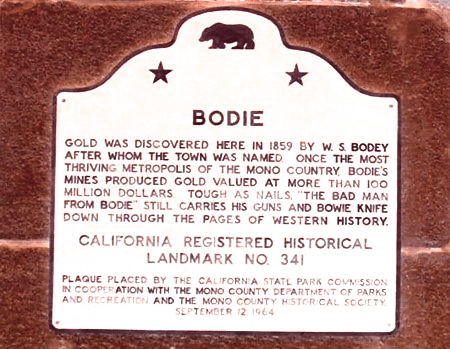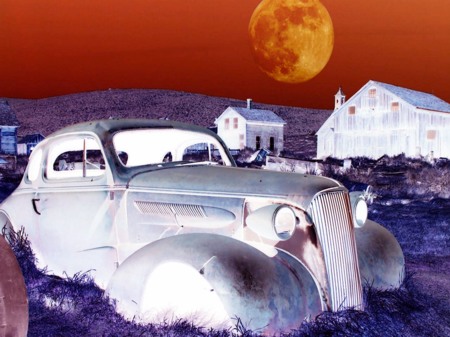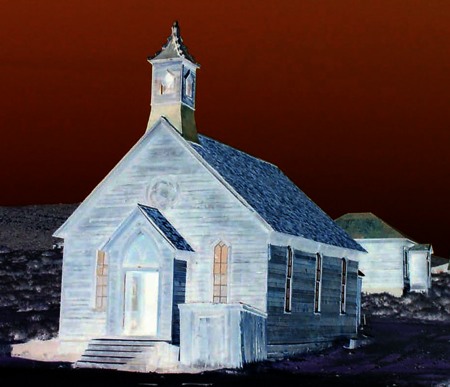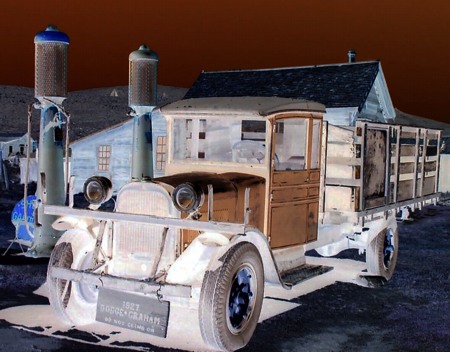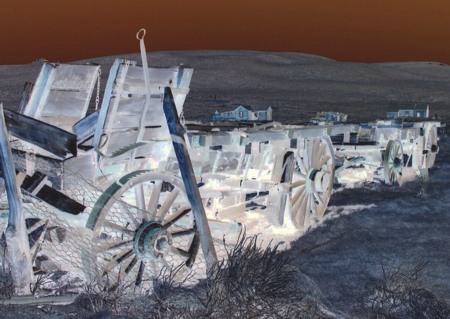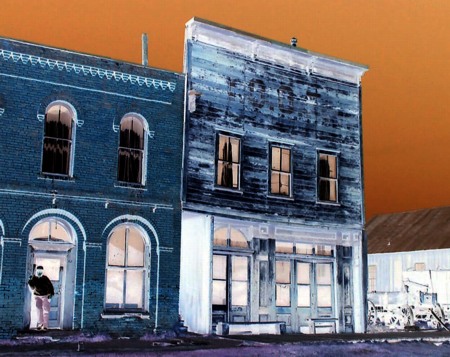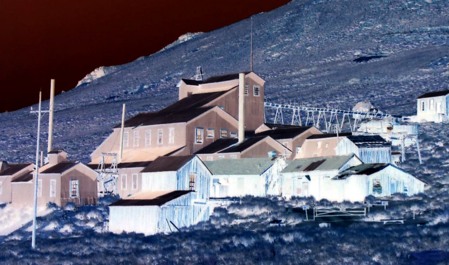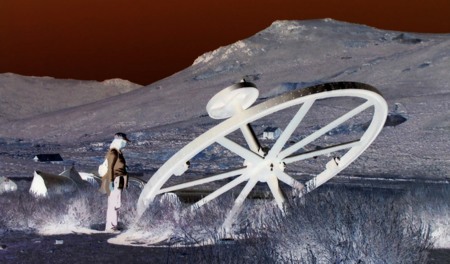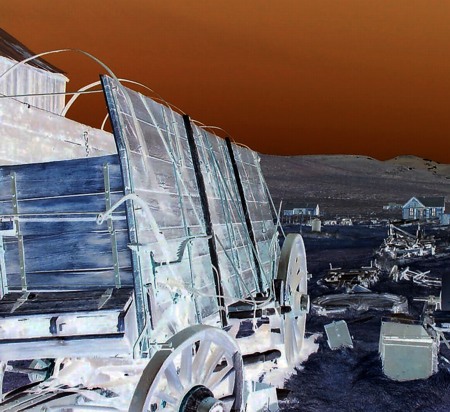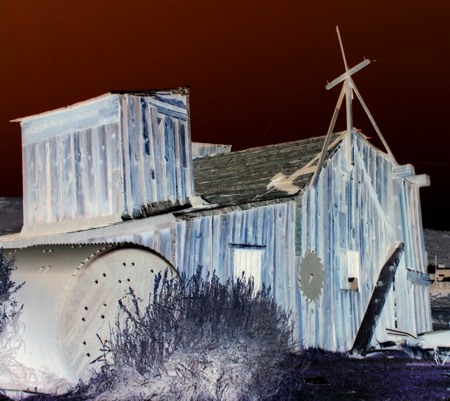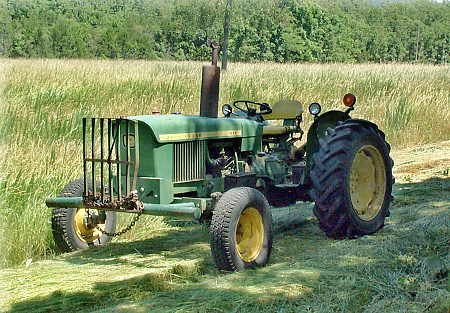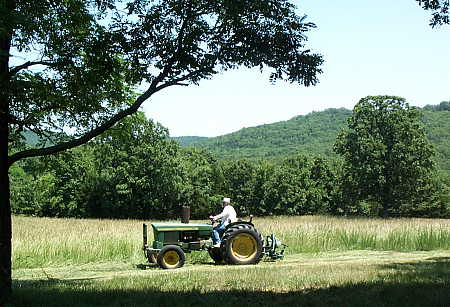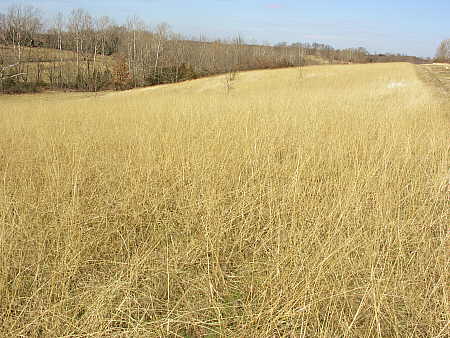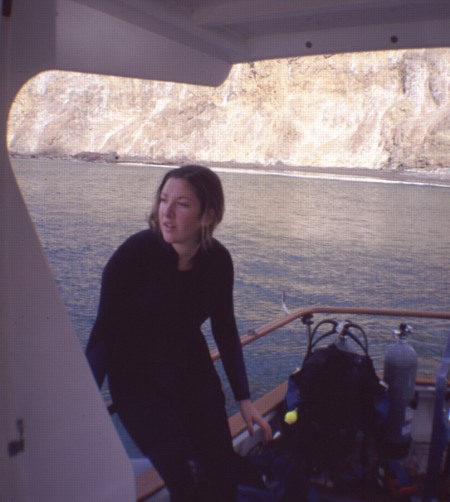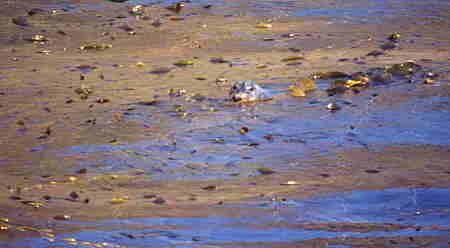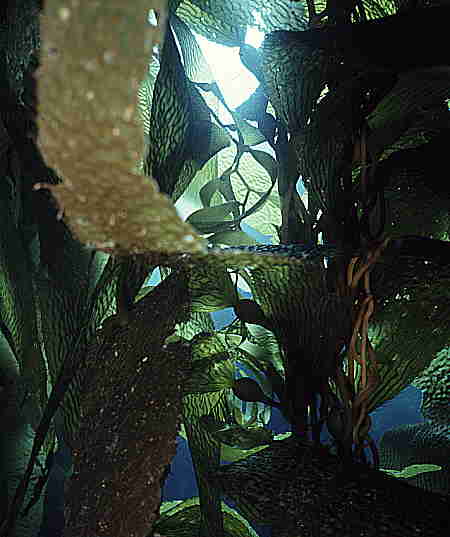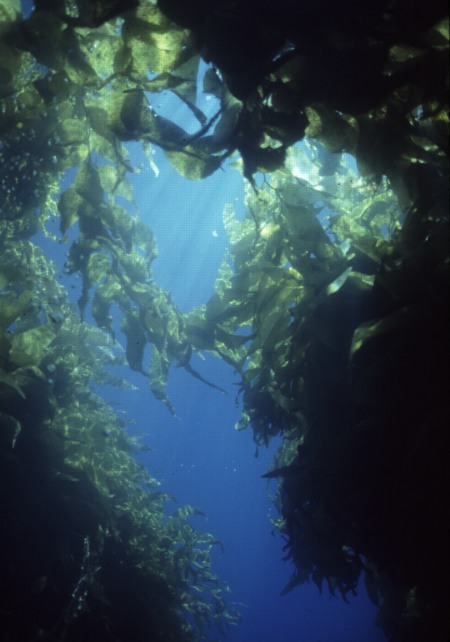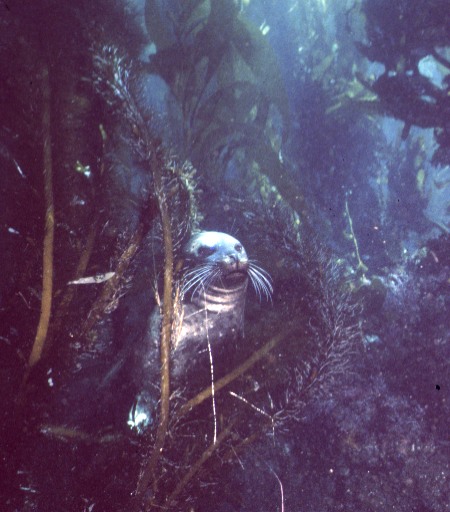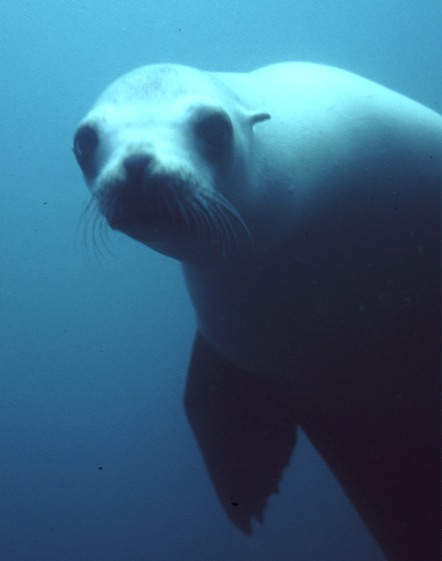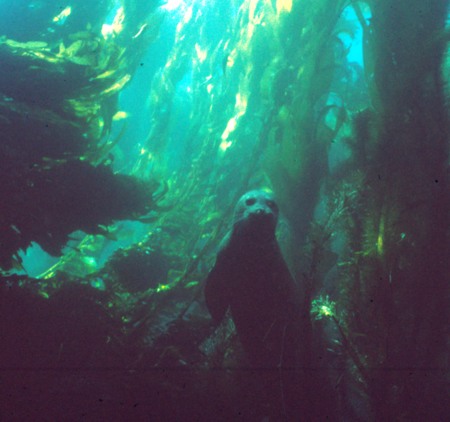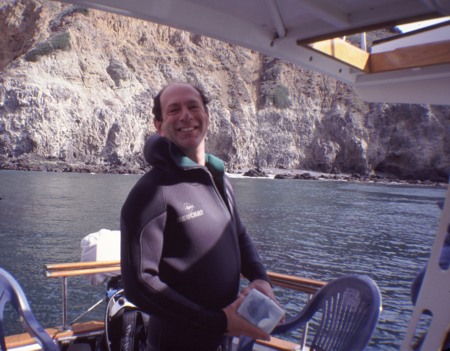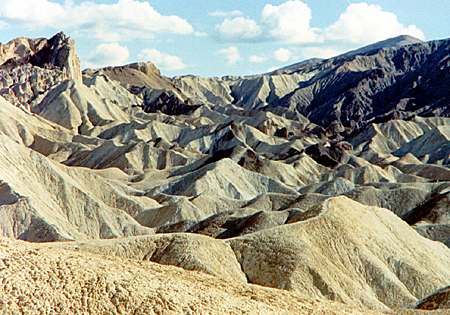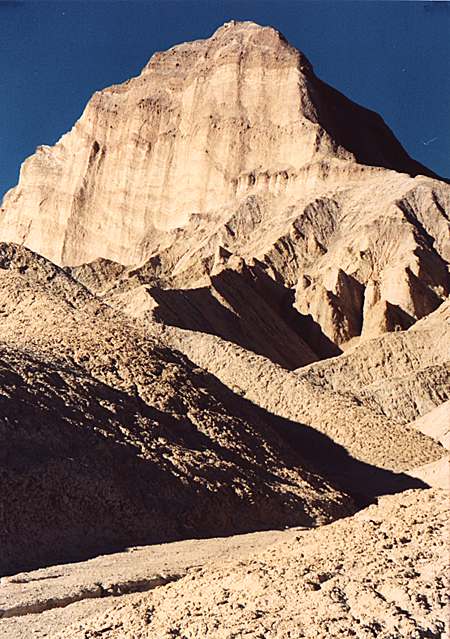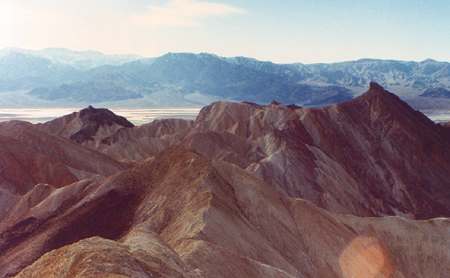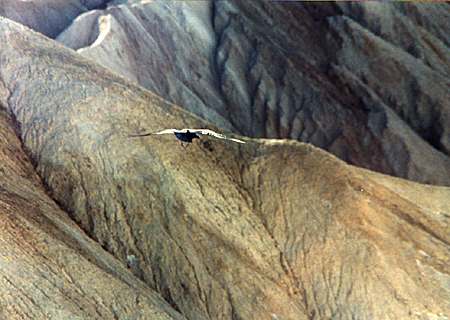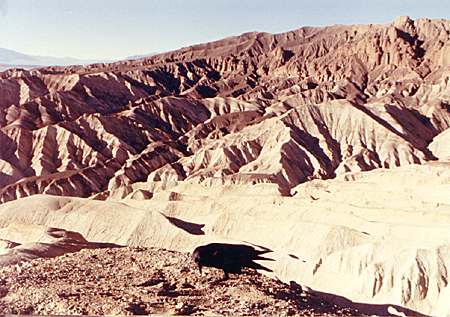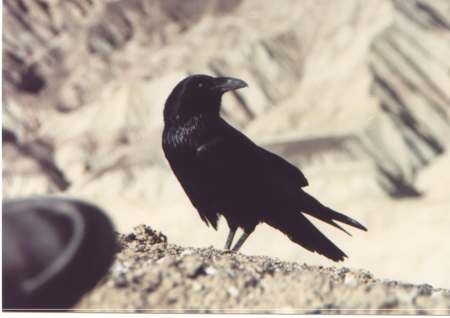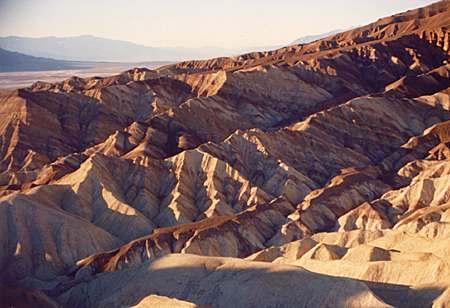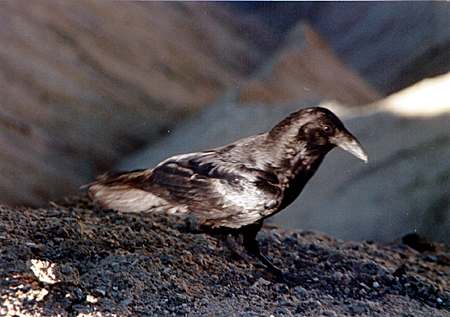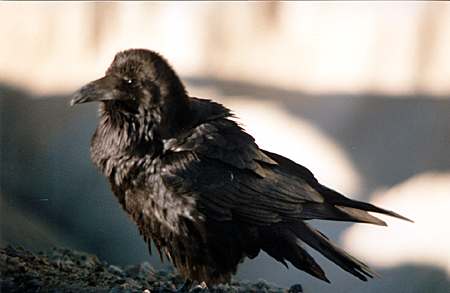Lessons Learned the Hard Way
In the early 1970’s I owned a Toyota Landcruiser (“Toy”) that I came to believe was jinxed. While this vehicle brought me plenty of pleasure in it’s ability to allow me the freedom to explore rugged terrain, it also had it’s share of tempermental moments.  For instance, once on a trip to Oregon to visit my friends Craig and his lovely wife Linda, the three of us decided to explore a slough off the Willamette river. Along this slough, there were numerous shallow puddles of standing water that we wound around and motored through. The shimmering water in the afternoon sunlight was an enchanting sight to behold. So much so that I lost focus on what I was doing and drove directly into a deep hole filled with water. Darn jinxed Toy! “Well, this is no big problem” I thought to myself. We can just back out of this measly little puddle. I believe Craig just chuckled to himself as he hopped out of the Landcruiser to snap a picture. Linda was apparently confident at this point in time, at least as far as I can tell from the picture below:
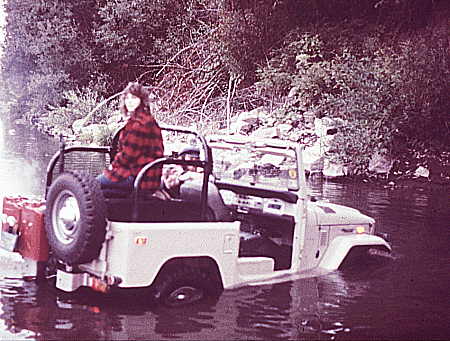
Putting the transfer case into granny-low gear, I attempted to back the Toy out of the puddle. We were sitting on a silty surface, however, and the vehicle tires promptly dug themselves into the mud. Darn jinxed Toy! “Well, this is no big problem” I thought to myself. We can just get out the high-lift jack, jack the Toy up very high on the jack, and then push the Toy over to the side, thus putting the tires on a more solid footing. I believe Craig just chuckled to himself as he hopped into the water to help me along with this scheme.
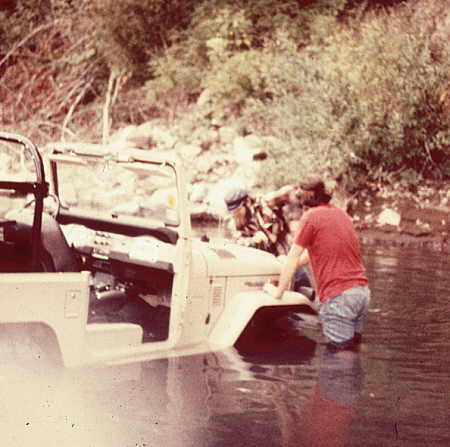
This incident occurred over thirty years ago, and so my recollection of the exact events that transpired from here on may be a little rusty, but I think it went something like this. Craig and I spend hours and hours trying out various schemes and methods in our attempt to free the Toy. I recall Craig doing a lot of chuckling in the process. I recall myself uttering a few curses. And I recall that we were totally unsuccessful in freeing the Toy.  I had managed to flood the engine with water however, and now we had no power. Darn jinxed Toy! “Well, this is no big problem”  I thought to myself. Actually, “this is now a problem” is what I really thought!
In this part of Oregon, at least back at that time, logging was in full swing. Fortunately for me and the Toy, Craig pointed out that there was a saw mill located nearby. It was now near midnight, and we figured (actually, Craig figured) that if we hurried on over to the mill, we might find someone to help us out of our predicament, as the mill shift change occurred at midnight. Sure enough, we found a man with a four-wheel drive pickup sporting a winch (not an unusual sight in Oregon) who agreed to help us. Soon, he and his winch had the Toy back up on solid ground. This kind and helpful man even towed my now non-operating vehicle to a local service station, where we parked it for the night.
The following morning, Craig gave me a ride to the service station, where I learned from the mechanic that yes, he could drain and flush the engine, transmission, transfer case, front and rear differentials, but that it would be very costly. Darn jinxed Toy!
The following year, while out exploring in the California desert with some friends, we had a little competition to see whether my Landcruiser F-40 could outperform their Jeep CJ5 over a rugged desert trail. Up and down the hills and ravines we drove (in a designated ORV area, I should note) pushing our vehicles to the limit. My Toy performed admirably in this battle of the 4WD’s, that is, up until the very last hill on the trail. I was so thrilled over the prospect of a good showing amongst my Jeep driving friends that I lost focus once again, and drove over a large rock that I shouldn’t have. My vehicle became high-centered on a boulder, and I was once again stuck. Dang rocks!  Darn jinxed Toy!
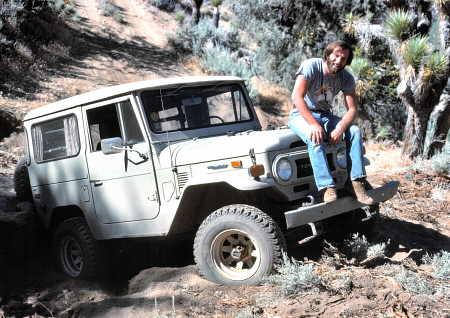
Later that same summer, I again headed up north, this time to the west coast province of British Columbia, where I was keen to do some hiking. Along the way, in Washington state, I met a nice couple who were very interested in my Landcruiser.  After much discussion about the pros and cons of owning such a vehicle, we decided to do some day hikes together. When they learned that I was headed towards the Canadian Rockies, they offered me the use of a cabin they owned in BC. They told me that they had built a bridge over a river that runs alongside the cabin, and that the hiking from that point was excellent. I took them up on their offer, and so they proceeded to draw a map directing me to their remote cabin in the woods. When I arrived at the cabin, this is what I found –
 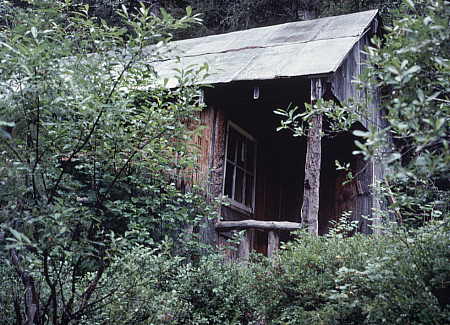
Parking the Toy, I investigated this old dilapidated structure. From inside, you could see rays of daylight streaming through the roof. There were all manner of creepy-crawlers on the floor and on the walls. Droppings from vermin was everywhere. This was not the type of accommodations I had expected, and I refused to stay in such quarters. Exploring out back, I found what appeared to be some type of old storage structure, or maybe an old hog shed. Whatever it was, it was clean inside and had a functional roof, so it became the base camp for my hiking.
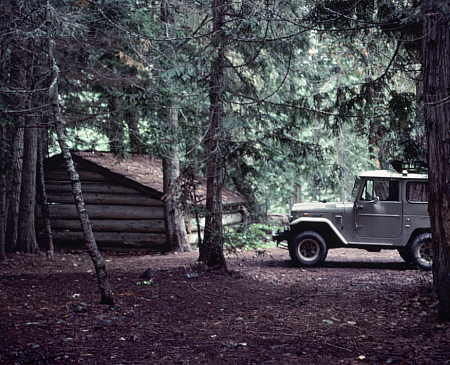
Even though the cabin that the couple had told me about had not lived up to my expectations, the hiking that was available beginning across their bridge was some of the best I have ever encountered.Â
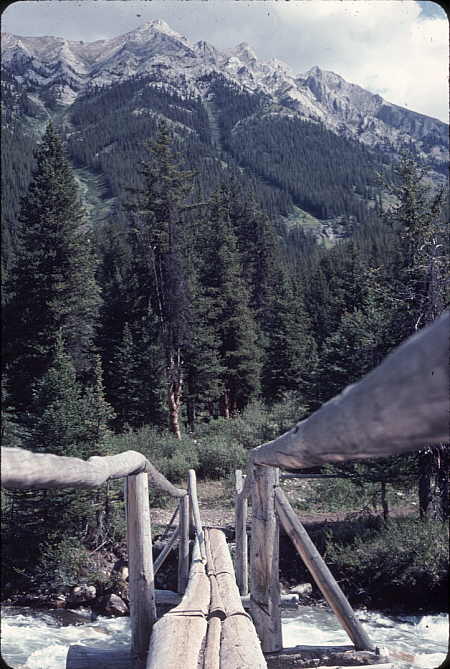
After spending a week hiking and camping out in the hog shed, I decided that it was time to push onward in my journey. As I loaded up the vehicle with my camping gear, I noticed a large puddle of fluid underneath the front of the Landcruiser. Getting down on my hands and knees to investigate, I discovered that some critter had chewed through the lower radiator hose, thereby releasing all of the coolant from the radiator. The vehicle was again non-operational, and I was stuck far from any village or town. Darn jinxed Toy! “Well, this is no big problem” I thought to myself. Having the foresight to pack the always-essential roll of duct tape in the tool box, I proceeded to wrap the damaged hose with tape, fill the radiator with water from the river, and limp on over to the nearest town, where proper repairs were undertaken.
It was not until years later, after I had sold that Landcruiser, that I finally realized what wonderful experiences that Toy had given me. And looking back, I can now see that I was the cause of most of my travails with that vehicle, not the vehicle itself. So the lessons learned are A) look to yourself as the cause of your follies, and B) drive a Jeep instead of a Toyota!



